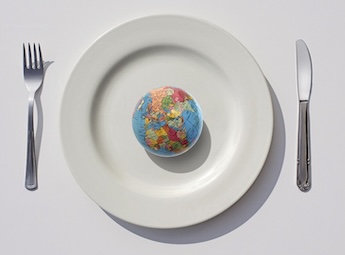“For years, advertising and media connected the ingredient to ‘Chinese Restaurant Syndrome.’ Here’s what led to the misconception – and how MSG is being reclaimed today.”
–National Geographic, June 3, 2025
MSG spent years as a culinary scapegoat, taking the heat for questionable symptoms like headaches experienced by diners. Now, however, the flavor enhancer is overcoming that unfair reputation and enjoying a renaissance with chefs, influencers, and a wider audience.
 After its discovery and isolation in 1908 by Professor Kikunae Ikeda, MSG became popular in restaurants and households across Asia. After World War II, when American soldiers noted the superior taste of Japanese rations (thanks in part to MSG), food scientists introduced MSG to the U.S. food industry, and it became a staple of many convenience foods.
After its discovery and isolation in 1908 by Professor Kikunae Ikeda, MSG became popular in restaurants and households across Asia. After World War II, when American soldiers noted the superior taste of Japanese rations (thanks in part to MSG), food scientists introduced MSG to the U.S. food industry, and it became a staple of many convenience foods.
Unfortunately, because of an article published in the New England Journal of Medicine in 1968, MSG became associated with “Chinese Restaurant Syndrome,” a group of symptoms attributed to eating Chinese food. Though years of scientific studies have found no evidence linking these symptoms to MSG, anxiety about the ingredient has persisted, but in recent years, skeptics have started looking at MSG differently.
In the early 2000s, umami was recognized as the fifth basic taste, along with sweet, salty, sour, and bitter, following a research breakthrough from American scientists who found a taste receptor for glutamate. Ajinomoto helped to share the news with chefs and nutritionists around the world. Now, acclaimed chefs, cookbook authors, content creators, and dietitians celebrate the ingredient and encourage its use to elevate the flavors of all types of food.
“For [cookbook author Kat] Lieu, much of the stigma around MSG comes down to perception. ‘MSG is just three letters, so people assume it’s some scary chemical,’ she says. ‘But if you think about it, all food is made of chemicals. Let’s stop with the racist mentality of treating it like a toxin.’”
Read the full article in National Geographic.



